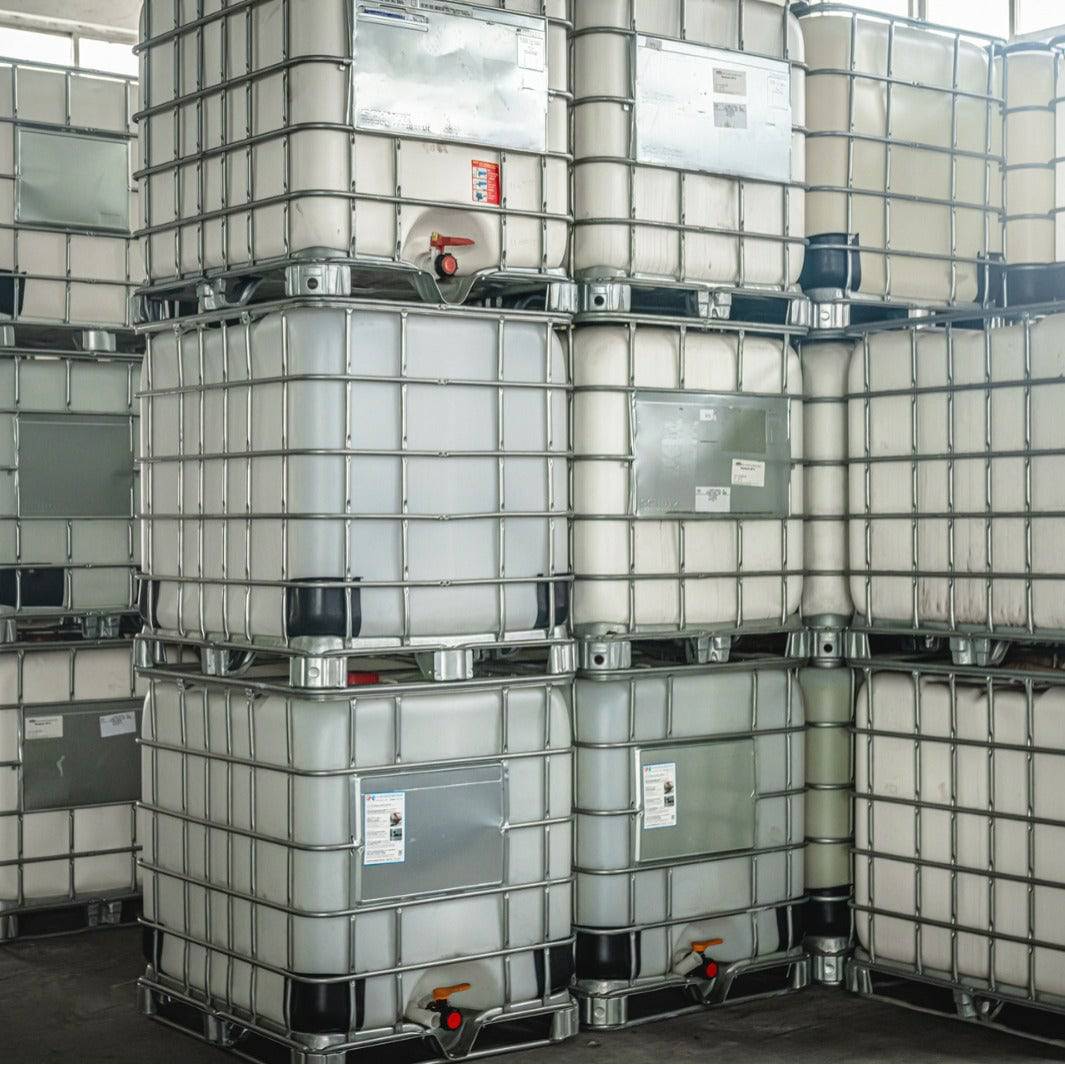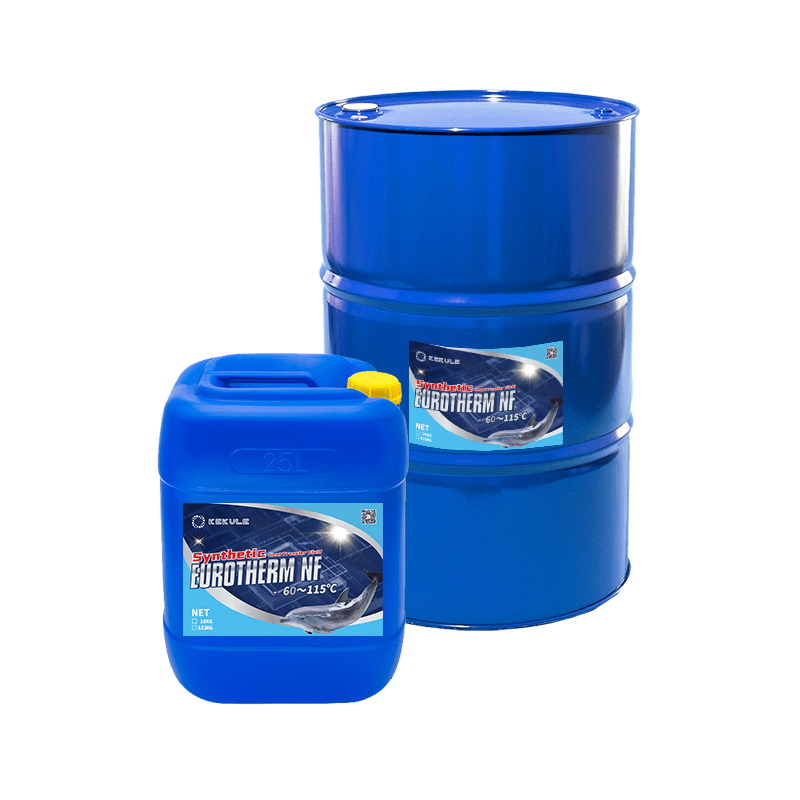Chemie Can Be Fun For Anyone
Chemie Things To Know Before You Get This
Table of ContentsSome Known Details About Chemie Fascination About ChemieA Biased View of ChemieChemie Can Be Fun For EveryoneThe Basic Principles Of Chemie Everything about Chemie
By Bojanna Shantheyanda, Sreya Dutta, Kevin Coscia and David SchiemerDynalene, Inc. Fluid air conditioning, which can be accomplished using indirect or direct ways, is used in electronics applications having thermal power thickness that might exceed safe dissipation with air cooling. Indirect fluid air conditioning is where warm dissipating digital parts are literally divided from the fluid coolant, whereas in case of direct cooling, the elements are in direct call with the coolant.However, in indirect cooling applications the electric conductivity can be essential if there are leakages and/or spillage of the fluids onto the electronic devices. In the indirect cooling applications where water based liquids with rust inhibitors are generally used, the electrical conductivity of the fluid coolant mostly depends on the ion focus in the fluid stream.
The boost in the ion focus in a closed loop liquid stream might take place due to ion leaching from metals and nonmetal components that the coolant fluid is in contact with. Throughout operation, the electric conductivity of the liquid might boost to a degree which can be unsafe for the cooling system.
Getting My Chemie To Work
(https://www.reddit.com/user/chemie999/)They are bead like polymers that are qualified of trading ions with ions in a solution that it is in contact with. In today job, ion leaching tests were done with different steels and polymers in both ultrapure deionized (DI) water, i.e. water which is treated to the highest degree of purity, and reduced electrical conductive ethylene glycol/water combination, with the determined adjustment in conductivity reported with time.
The examples were enabled to equilibrate at area temperature level for two days prior to recording the first electrical conductivity. In all examinations reported in this research study liquid electrical conductivity was measured to a precision of 1% making use of an Oakton disadvantage 510/CON 6 collection meter which was calibrated prior to each measurement.
The Best Strategy To Use For Chemie
from the wall heating coils to the center of the heater. The PTFE sample containers were positioned in the furnace when stable state temperature levels were reached. The examination arrangement was eliminated from the heating system every 168 hours (7 days), cooled down to space temperature with the electric conductivity of the fluid gauged.
The electric conductivity of the liquid sample was kept an eye on for an overall of 5000 hours (208 days). Number 2. Schematic of the indirect shut loop cooling down experiment set up - therminol & dowtherm alternative. Table 1. Elements utilized in the indirect closed loophole cooling down experiment that touch with the liquid coolant. A schematic of the experimental configuration is received Number 2.

The Best Guide To Chemie
The modification in liquid electric conductivity was kept track of for 136 hours. The liquid from the system was collected and kept.

0.1 g of Dowex resin was included in 100g of fluid samples that was taken in a separate container. The mixture was stirred and change in the electrical conductivity at area temperature level was determined every hour. The determined adjustment in the electrical conductivity of the UP-H2O and EG-LC test fluids containing polymer or metal when immersed for 5,000 hours at 80C is revealed Figure 3.
Chemie for Dummies
Figure 3. Ion leaching experiment: Calculated modification in electric conductivity of water and EG-LC coolants containing either polymer or metal examples when immersed for 5,000 hours at 80C. The results show that steels contributed less ions into the liquids than plastics in both UP-H2O and EG-LC based coolants. This could be as a result of a thin metal oxide layer which may act as a barrier to ion leaching and cationic diffusion.
Liquids containing polypropylene and HDPE exhibited the most affordable electrical conductivity modifications. This could be because of the short, inflexible, direct chains which are much less likely to contribute ions than longer branched chains with weak intermolecular pressures. Silicone additionally performed well in both examination liquids, as polysiloxanes are usually chemically inert due to the high bond energy of the silicon-oxygen bond which would certainly stop deterioration of the material right into the fluid.
Chemie for Beginners
It would be anticipated that PVC would create similar outcomes to those of PTFE and HDPE based upon the similar have a peek at this website chemical structures of the products, nevertheless there might be various other impurities existing in the PVC, such as plasticizers, that may affect the electric conductivity of the liquid - silicone fluid. Furthermore, chloride teams in PVC can likewise leach right into the examination liquid and can cause a boost in electrical conductivity
Buna-N rubber and polyurethane showed signs of destruction and thermal decay which recommends that their possible energy as a gasket or sticky material at greater temperatures could bring about application concerns. Polyurethane totally broke down into the examination fluid by the end of 5000 hour test. Number 4. Before and after photos of metal and polymer examples submersed for 5,000 hours at 80C in the ion seeping experiment.
Calculated change in the electrical conductivity of UP-H2O coolant as a function of time with and without material cartridge in the closed indirect air conditioning loop experiment. The gauged change in electric conductivity of the UP-H2O for 136 hours with and without ion exchange resin in the loophole is shown in Number 5.